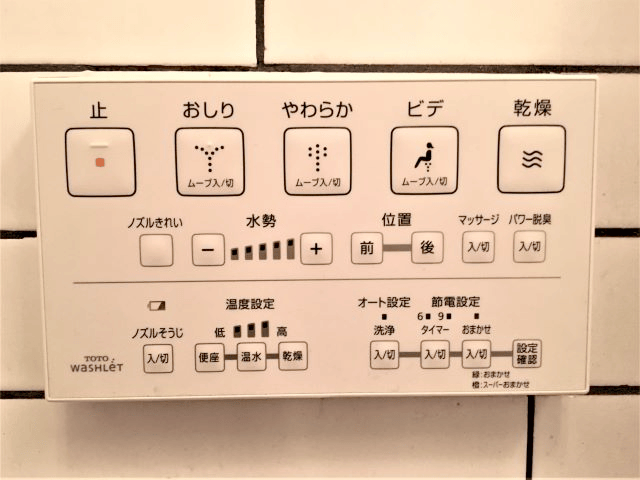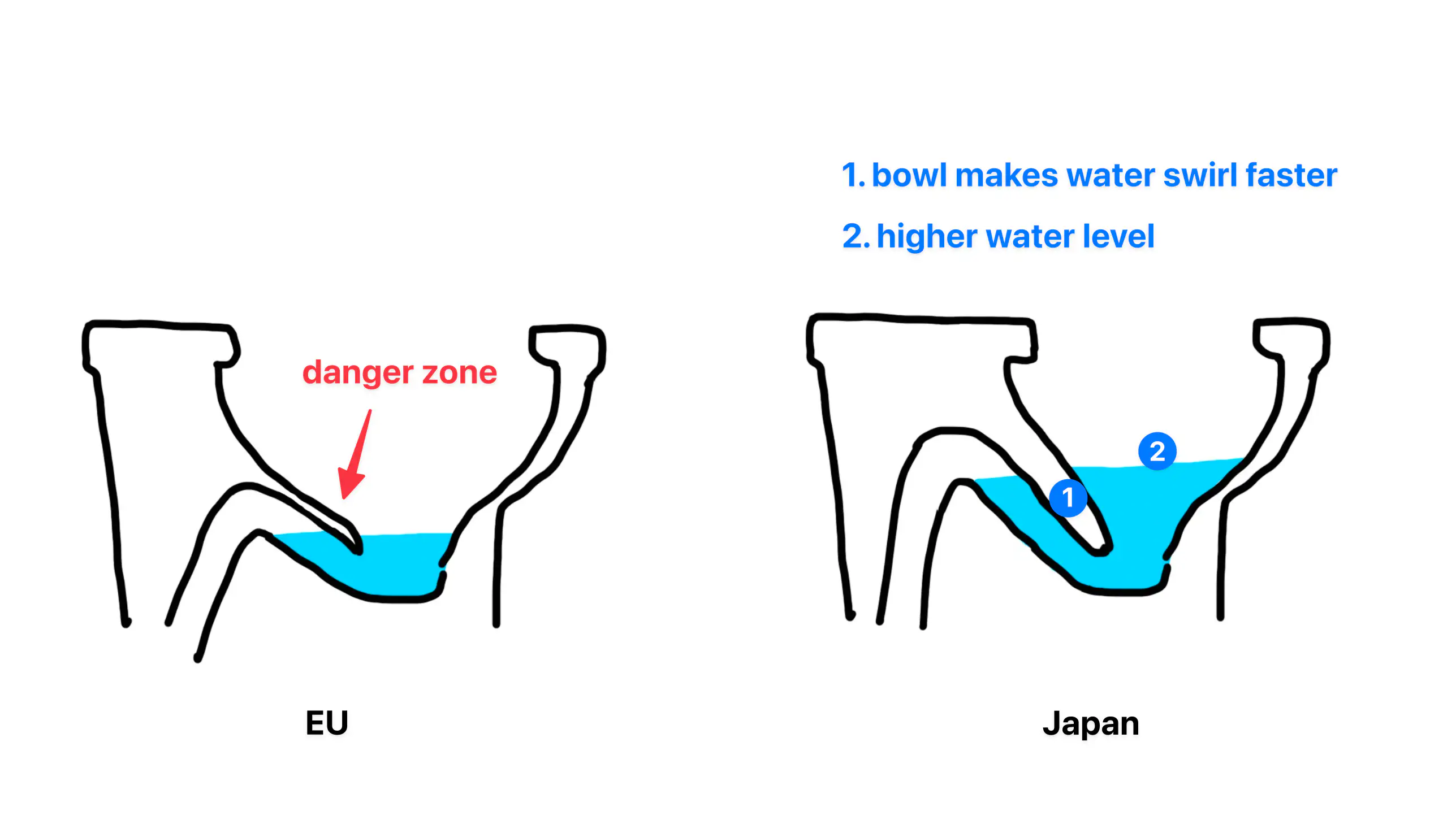Japanese toilets
, 4 min read
People stare at me with a combination of confusion, inquiry, and awkwardness when I tell them that toilets were a highlight from my trip to Japan. But Japanese toilets are a testament of the Japanese approach to engineering.
The moment you enter a restroom, you can immediately tell something is different about Japanese toilets compared to the ones you’re used to in Europe; there is an elaborate control panel placed on the wall right next to the toilet, looking like the control system of an advanced air conditioning system.

Some control panels have English labels, but most of them are not that forgiving.
Sitting at the toilet, you are met with the first quality of life increase; the seat is warm, exactly at the temperature where it needs to be for maximal comfort. Where things start getting “oh wow I don’t know how I should feel about this” is the bidet functionality. You press a button and a small retractable plastic thing comes out from under the seat. It starts spraying water for cleaning your parts after you’re done with business. On the control panel, there are buttons to control the pressure, angle, and temperature of the water jet. Another button changes the jet stream to diffused spray for cleaning wider areas, which is handy if your business was messy. A third button caters to front cleaning for ladies.
My first thought about the nozzle was, how the hell is this thing hygienic? Turns out that it’s self-cleaning. The nozzle gets sprayed with high pressure water containing a cleaning solution when it goes back. The whole idea of water-jet cleaning takes some time to get used to, but I found myself going from “this is weird” to “we need this in Europe” very fast.
Then there’s all the other features. The toilet’s control panel sometimes has a privacy mode, which plays ambient sounds or music to cover other noise. Some toilets had a sensor for detecting when the bathroom door opens; those were on the brink of overbearing. They would immediately start heating up the seat and illuminate the inside of the bowl every time you entered the bathroom, even if you’re just there to brush your teeth.
All of the mentioned features are easy to appreciate because they are “in your face”. The final observation that tipped me over from “these toilets are good” to “these toilets are a marvel of engineering” was a subtler, simpler part of the design. At first, I noticed the absence of a cleaning brush beside the toilet at the airport. I thought well, ok, maybe it’s because it’s an airport. Then, the hotel didn’t have a brush either, and so did every other place I went to. It took me a couple of days to realize why. Two observations:
- The shape of the bowl is slightly different, causing the water to swirl faster.
- The water level in the bowl is higher than in European toilets. This reduces splash on contact, and slows the descent of poop because of the water’s viscosity.

These engineering decisions keep the toilet base clean, eliminating the need for a brush. Incredible.
Putting so much effort and attention to something as ordinary as a toilet is part of the Japanese engineering mindset: “kaizen” (continuous improvement), meticulous attention to detail, obsessive customer-centric focus.